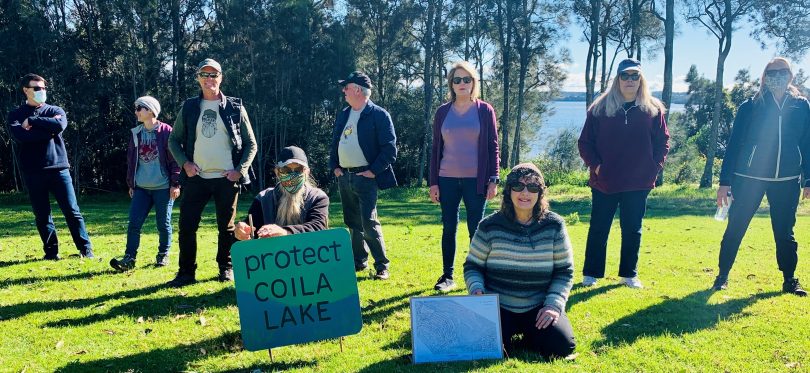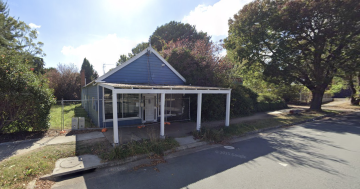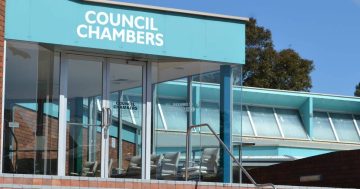
Friends of Coila Lake believe a 70-home development will threaten vulnerable species. Photo: File.
Construction has begun on more than 70 new homes in Tuross Head, and locals fear out-of-date development approvals will put sensitive environments at risk.
Approval for the Driftwood Shores development, a project by the McCloy Group, was granted almost 40 years ago, in 1984.
It’s this time-lapse that has local environment group Friends of Coila Lake up in arms – and government departments dodging responsibility.
The group says the site borders endangered saltmarsh, swamp oak forest and wetlands that provide refuge for vulnerable and endangered bird species, including the far-eastern curlew which is ‘critically endangered’.
“Developers have purchased similar ‘zombie’ sites along the coast which are considered attractive due to the profitability associated with substandard environmental regulation,” a spokesperson for Friends of Coila Lake said.
They want the developer to submit an environmental impact assessment (EIA) and for Indigenous heritage sites within the footprint to be documented and protected.
A council spokesperson said an EIA was not legally required, as they were not necessary when the original approval was granted.
“The council will require an Aboriginal heritage impact permit from the developer before work commences, however, development consent must be granted before that process can be initiated,” the spokesperson said.
“The applicant has met all of the council’s requirements for approval as well as those set by the NSW Government.
“While the development must also meet other requirements – such as the Environmental Protection and Biodiversity Conservation Act – managed by the Australian Government, this is separate legislation and not a part of the developmental application process.”
The NSW Government, which creates the legislative framework for councils to make decisions about development applications, denies Driftwood Shores is a ‘zombie development,’ and says that under the current framework zombie developments can’t exist.
“Under the Environmental Planning and Assessment Act, a development consent lapses after five years, unless work has ‘physically commenced’,” a Department of Planning spokesperson said.
“In 2020, we amended planning regulations to set out the types of things that don’t count as physical commencement, including soil, water and acoustic testing, survey works and land marking.
“This helps to put a halt to so-called ‘zombie development applications’ that may no longer fit in with the existing development controls or character of a place.”
The Department of Planning said it was the council’s responsibility to act, not theirs.
“Councils are expected to review their local environmental plans and local strategic planning statements on a regular basis, at least every five to seven years.
“Councils already have the legal power under the EP&A Act to revoke or modify development consents that are out of step with the provisions of any proposed local planning controls.
“If land zoning doesn’t meet current community expectations or isn’t reflecting current knowledge about environmental significance, or hazards like bushfire or flooding, councils should take action.”
Opponents of the development are also concerned the initial consent for 60 homes has blown out to 72 – and may still grow.
A spokesperson for the Eurobodalla Shire Council said in March 2022 the approval was changed to 72 homes, located within the original footprint.
The council says in addition to more homes, the updated application also included measures to reduce the environmental impact of the development.
These include the addition of bioretention swales, onsite stormwater detention and additional footpaths and shared pathways.
“The originally approved public road through the swamp oak endangered ecological community is now a shared pathway, reducing the development footprint and environmental impact while retaining public access and also meeting NSW Rural Fire Service standards for emergency services access,” a council spokesperson said.
“There is no change to the development’s northern and eastern edges closest to the endangered ecological community.”
Councillor Anthony Mayne said he understood the upset caused by the development but said the council did not have the scope to reject the development.
“It was given approval while Bob Hawke was prime minister, so it is a legacy development application,” he said.
“However, given it is allowed under the state government legislation, council has very limited opportunity in this specific area.
“The council has raised concerns with the State Government that 40- to 50-year-old development applications can come to life and cause some surprise.
“I’m keen to work with the community and council to do all we possibly can together to maintain, ensure and look after the immediate environment and wetland area – this is a really important part of the Tuross area.”
















